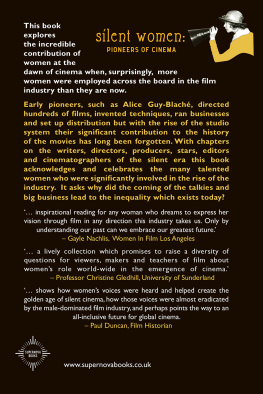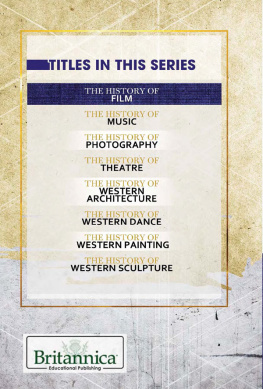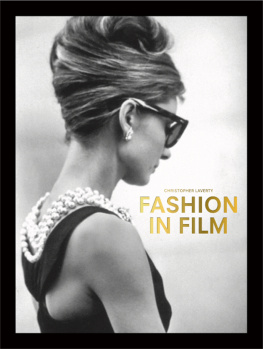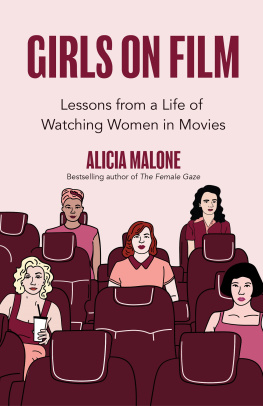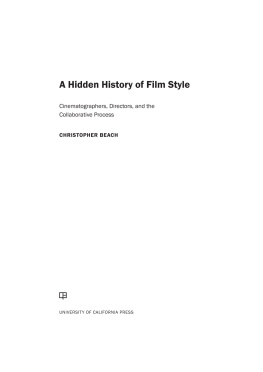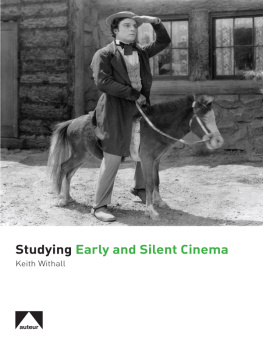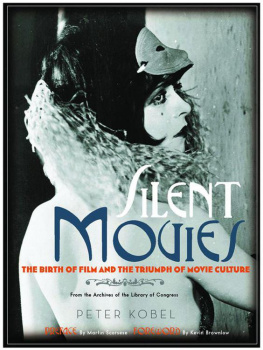Editors
Melody Bridges studied English and Drama at Cambridge University and has written, acted and directed for theatre before working in TV where she developed, wrote, produced and directed two television series. In addition to contributing to Celluloid Ceiling, she writes a weekly page for a newspaper, and is Artistic Director of Worthings WOW Festival. In 2014, she was a Finalist as Influential Woman of the Year at the NatWest Venus Awards. She has recently given a TEDx talk about inspiring change. www.melodybridges.com
Cheryl Robson is a producer/director of several short independent films, most recently Rock n Roll Island which was nominated for Best Short Film for Raindance, London 2015. She worked at the BBC for several years and then taught filmmaking at the University of Westminster, before setting up a theatre company. She also created a publishing company where she has published over 150 international writers. As a writer, she has won the Croydon Warehouse International Playwriting Competition and as an editor, she recently worked with Gabrielle Kelly to publish Celluloid Ceiling: women film directors breaking through, the first global overview of women film directors. She also received a Gourmand Special Jury Prize for Peace with author Robin Soans, for The Arab-Israeli Cookbook. www.cherylrobson.net
First published in the U.K. in 2016 by Supernova Books
67 Grove Avenue, Twickenham, TW1 4HX
www.supernovabooks.co.uk
www.aurorametro.com
Silent Women: Pioneers of Cinema 2016 Supernova Books
With thanks to: Neil Gregory, Lucia Tunstall, Tracey Mulford.
10 9 8 7 6 5 4 3 2 1
All rights are strictly reserved. For rights enquiries contact the publisher:
No part of this publication may be reproduced, stored in or introduced into a retrieval system, or transmitted in any form, or by any means (electronic, mechanical, photocopying, recording or otherwise without the prior permission of the publisher. Any person who does any unauthorised act in relation to this publication may be liable to criminal prosecution and civil claims for damages.
In accordance with Section 78 of the Copyright, Designs and Patents Act 1988, the authors assert their moral rights to be identified as the authors of the above work.
This book is sold subject to the condition that it shall not, by way of trade or otherwise, be lent, resold, hired out, or otherwise circulated without the publishers prior consent in any form other than that in which it is published and without a similar condition being imposed on the subsequent purchaser.
Cover design Greg Jorss 2016 www.upsidecreative.com.au
Front cover image Margery Ordway Photoplay 1916
Back cover image Lillian Gish directing Remodelling her Husband
Inside cover image Mary Pickford with camera ca. 1920
We have made every effort to ascertain image rights. If you have any information relating to image rights contact
Typesetting by Head & Heart Publishing Services
Ebook conversion by Swift ProSys
ISBNs:
978-0-9566329-9-9 (print version)
978-0-9932207-0-8 (ebook version)
SILENT WOMEN
PIONEERS OF CINEMA
EDITED BY
MELODY BRIDGES
AND
CHERYL ROBSON

SUPERNOVA BOOKS
CONTENTS
Bryony Dixon, Curator of silent film, BFI National Archive
Melody Bridges and Cheryl Robson
Karen Day
Aimee Dixon Anthony
Pieter Aquilia
Patricia Di Risio
Julie K. Allen
Melody Bridges
Francesca Stephens
Kevin Brownlow
Tania Field
Ellen Cheshire
K. Charlie Oughton
Shelley Stamp
Maria Giese
INDEX
FOREWORD
Bryony Dixon
Curator of silent film, BFI National Archive
With the significant hurdle of a best director Oscar going to a woman finally being cleared, it has become increasingly shocking that the number of women at the top of the film industry is still so low. As we cast around for reasons why this may be so, it is well worth looking back at film history to see what women were doing in the film business, in the way that the other arts have been re-evaluating their respective areas since the 1970s. Linda Nochlins ground-breaking article Why Have There Been No Great Women Artists? published in 1971 should be required reading for anyone asking the question: Why Have There Been No Great Women Film Directors? Her well-argued findings can easily be applied to the film industry. One of the first jobs she tackles is to look a bit harder at art history to see if it is entirely true that there are no great women artists. She discovers a huge number of women artists Artemisia Gentileschi is probably the only name worthy of the name great that people may have heard of now, but there are plenty of others. You could apply the same criteria to music or sculpture and similarly reveal artists of the calibre of Clara Schuman or Barbara Hepworth. We are undergoing this research in the field of film now, a few decades late but film history is young. We start with those extraordinary and rare creatures women film directors from the early days Alice Guy-Blach, Lois Weber, Dorothy Arzner, Ida Lupino and so on.
This is good. This gives us an instant answer when asked the question. But its not enough. We have to look further and deeper into what women were doing in the film industry in the past. We have to understand the conditions for producing film works to see if there were systemic reasons why women have not produced great film works in the past. And indeed there were. Nochlin also recommends that we examine the myth-making mechanisms which perpetuate the (male) individual as genius we can swap her Picassos and Goyas for our Hitchcocks and Kubricks. Constant repetition of the pantheon in books, TV programmes, references and now particularly online journalisms 10 best and bluff your way culture perpetuate this reductive state of affairs. She concludes that:
art is not a free, autonomous activity of a superendowed individual, influenced by previous artists and more vaguely and superficially by social forces but rather that the total situation of art making, both in terms of the development of the art maker and in the nature and quality of the work of art itself, occur in a social situation, are integral elements of this social structure and are mediated and determined by specific and definable social institutions, be they art academies, systems of patronage, mythologies of the divine creator, artist as he-man or social outcast.
When you take barriers such as those social institutions and academies, or their film industry equivalents, out of the equation as in literature for example, you find that women can compete on more equal terms with men. Literature is an exception, it seems. There are lots of famous women novelists and poets that everyone can name. But this is because to write you only need paper, a pen and time (Im not implying that creative writing is easy). There is no male-controlled institution to prevent you. This couldnt be further from the case with filmmaking. There are so many barriers to entry in the world of film, its a miracle anything gets made.
Once you know that the reason women have historically been prevented from doing certain jobs by institutions and social mores you can get down to examples. If it was so impossible systemically for a woman to direct a film how did those few remarkable individuals manage it? Discussing artists, Nochlin notes that nearly all the women artists, to whom we can apply the word great, were the daughters of artists. Is this true of filmmakers? There are certainly a lot of partnerships in the lives of women directors perhaps implying they were well-supported Lois Weber and Phillips Smalley, Alice Guy and Herbert Blach and our very own Ethyle Batley with her husband Ernest. Ethyle who? I hear you cry. You can be forgiven for not having heard of her but she directed at least sixy-five films in Britain between 1912 and 1916. She was an actress turned director for the British and Colonial Film Company working on the cusp of the commercialisation of the film business, another example of a woman director working in the early film industry just before the institutional barriers went up that prevented later women from following her lead.
Next page
